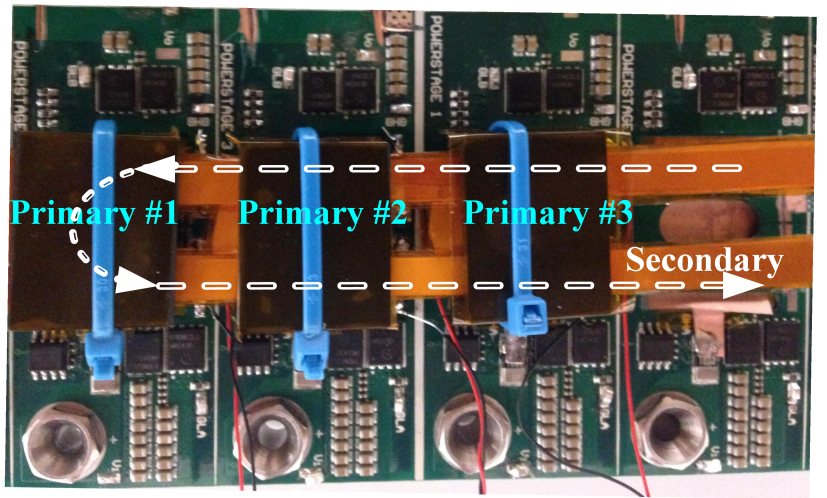High Frequency Link Coupled Multiport Converter for Active Cell Balancing Applications
This technology is a power converter that uses a unique, high-frequency, AC link to combine multiple individual converters into a multi-port converter. Its topology can perform the task done by multiple converters but with less components, thus reducing cost. Simplifying this converter allows for more efficient and faster cell balancing speeds, allowing for more efficient energy usage of a battery.
Problem
Multiport converters require many components including switching devices. Existing multi-port converter structures become more complicated as the number of ports increase. This is because larger amounts of passive elements are needed for each port. Complex structures lead to greater costs of manufacturing and a decline in energy efficiency.
Solution
This technology combines multiple individual converters to create a multi-port converter by use of a high frequency AC link and a single secondary bridge. This reduces the amount of components required which decreases cost. This technology also utilizes the same ground reference which increases efficacy of active cell balancing.
Benefits
In decreasing the number of passive components and switches, this technology decreases the overall cost of a multiport converter. By applying the same ground reference for all cells, active cell balancing is faster, more efficient, and simpler. This results in an increase in battery energy efficiency.
Applications
This technology can be applied in battery management storage systems as well as rack power distribution units in data centers.

Contact
Questions about this technology including licensing availability can be directed to:
Alan Edwards, MA, JD
Manager, Technology Transfer Services
(435) 797-2328 alan.edwards@usu.edu
USU ID C19034
Inventor
Dorai Babu Yelaverthi, Ph.D., Computer and Electrical Engineering
Development Stage
TRL 3

